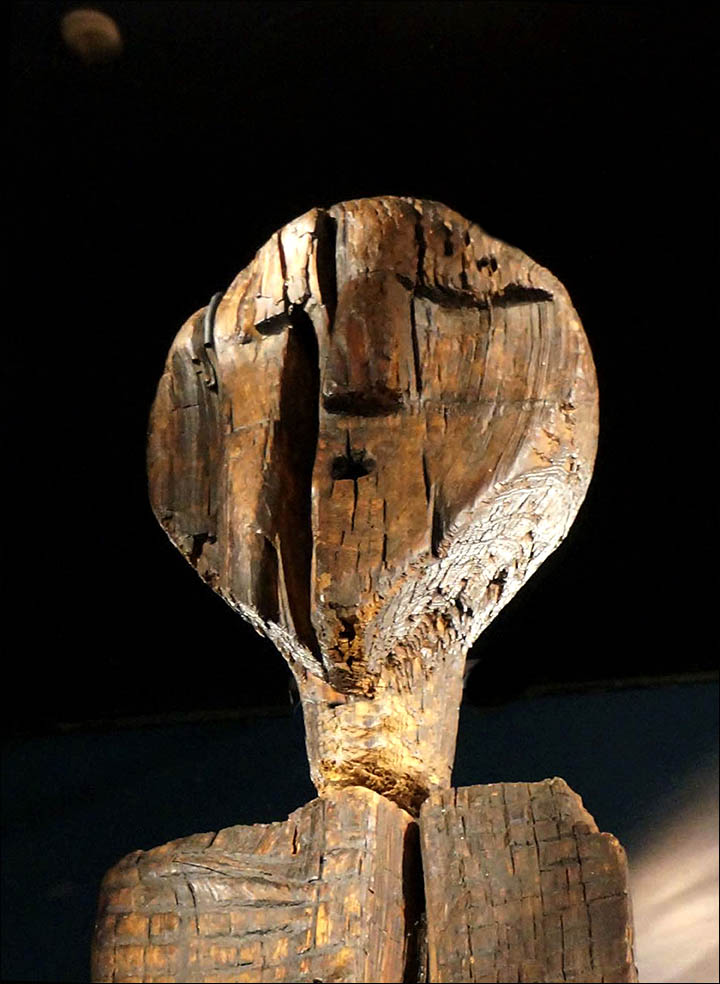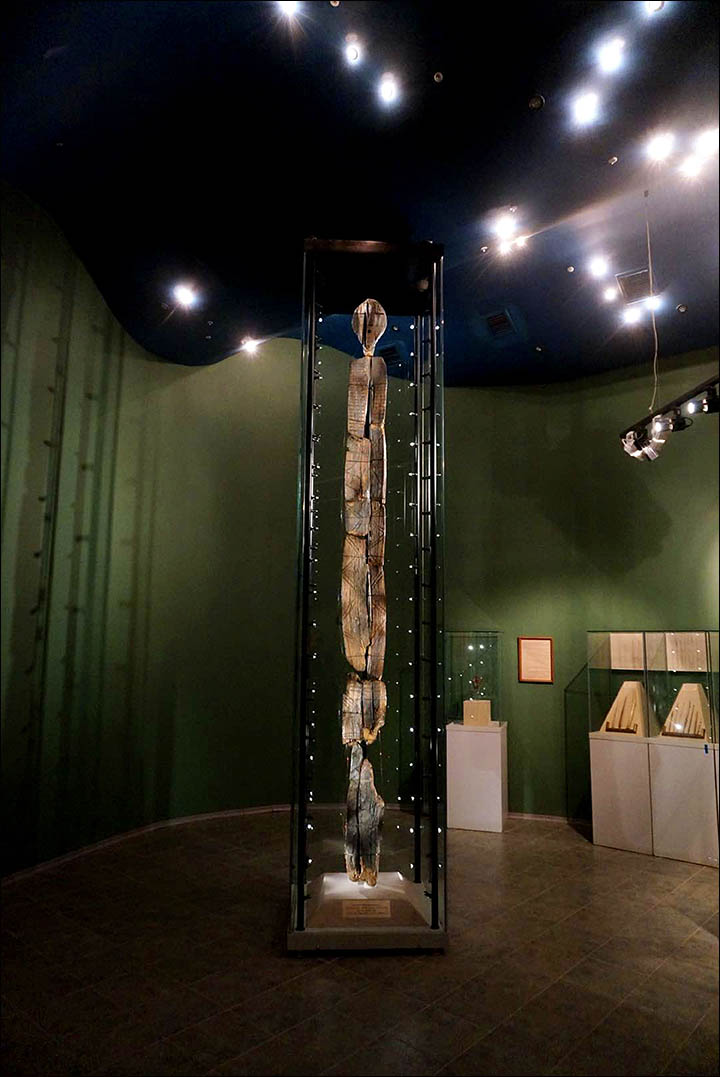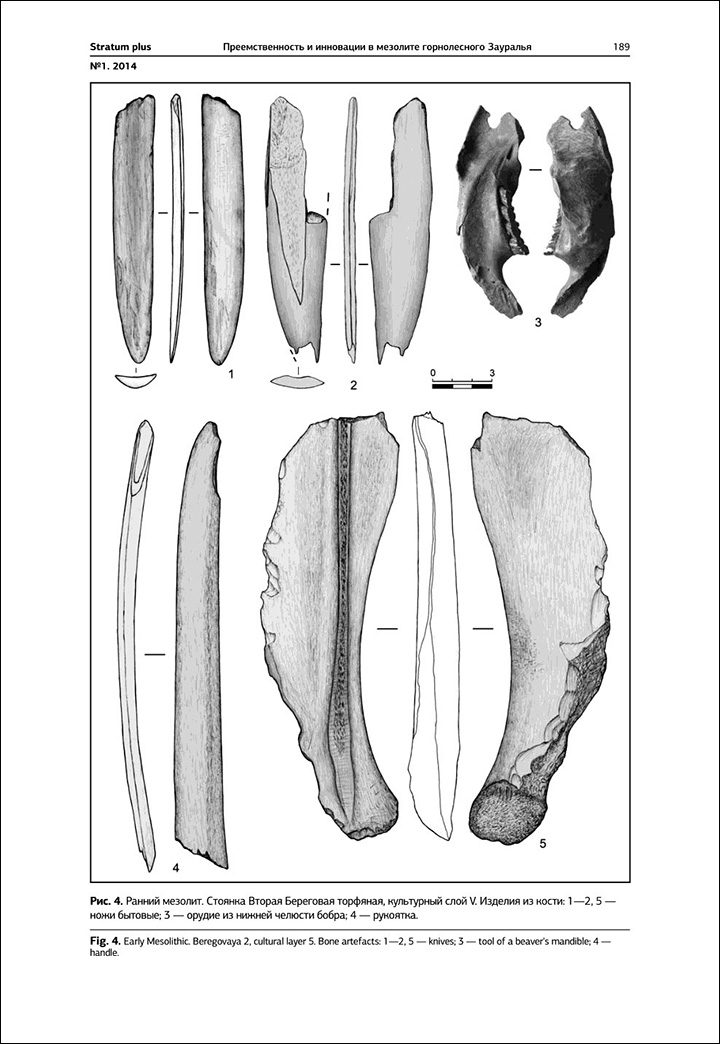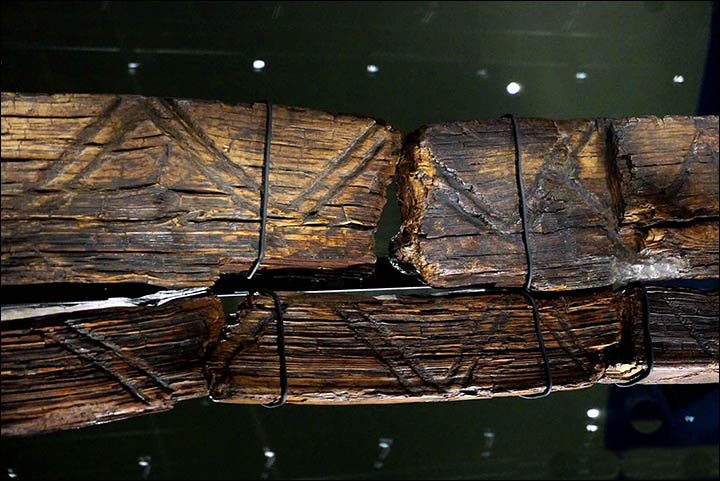I can’t believe yet another fourth of July is here without us standing watch over kits on the footbridge where 1000 people cross on their way to the fireworks. Being without kits or beavers sure changes the entire feel of summer. But the good news is that busy beaver author Ben Goldfarb is coming to talk Martinez today, after interviewing our beaver buddy Damion Ciotti in the foothills yesterday We’re making him brunch with decidedly immigrant themes, then Jon’s walking around the beaver ghost town, and I’ll try to tell the story and not to get sidetracked. Wish us luck.
Yesterday I heard from illustrator Deborah Hocking in Portland that the charming bookmark she is designing for the festival pro bono was completed. Feast your eyes on this little wonder made out of the talent of her fingers and the goodness of her heart. We’ll give them free at the event, kids can put them in their nature journals and adults in the books they buy at our silent auction, and we’ll have extra to tuck in any thank you note for years to come.


Thank you SO much Deborah! I love that little cycling beaver, and having a view of our creek on the back really reminds me of how lucky we once were, sigh.
Now I’m hoping this reminder of the respect your founding fathers had for beavers gets you started on your celebratory day. Wishing us all six dollar bills soon! Not sure why the beaver is eating a palm tree, or where exactly in colonial america one was growing, but maybe he wasn’t as gifted an artist as he was a kite flyer?
Not sure why the beaver is eating a palm tree, or where exactly in colonial america one was growing, but maybe he wasn’t as gifted an artist as he was a kite flyer?
Oh and just in case our current state of political affairs has you feeling particularly doomed, just remember this criticism by E.P. Whipple of our 17th president which will make you realize we’ve all been here before. He was describing Andrew Johnson in 1866. Pause at any sentence in this monumental paragraph and you will be stunned by the similarities.
“Insincere as well as stubborn, cunning as well as unreasonable, vain as well as ill-tempered, greedy of popularity as well as arbitrary in disposition, veering in his mind as well as fixed in his will, he unites in his character the seemingly opposite qualities of demagogue and autocrat, and converts the Presidential chair into a stump or a throne, according as the impulse seizes him to cajole or to command. Doubtless much of the evil developed in him is due to his misfortune in having been lifted by events to a position which he lacked the elevation and breadth of intelligence adequately to fill. He was cursed with the possession of a power and authority which no man of narrow mind, bitter prejudices, and inordinate self-estimation can exercise without depraving himself as well as injuring the nation. Egotistic to the point of mental disease, he resented the direct and manly opposition of statesmen to his opinions and moods as a personal affront, and descended to the last degree of littleness in a political leader, — that of betraying his party, in order to gratify his spite. He of course became the prey of intriguers and sycophants, — of persons who understand the art of managing minds which are at once arbitrary and weak, by allowing them to retain unity of will amid the most palpable inconsistencies of opinion, so that inconstancy to principle shall not weaken force of purpose, nor the emphasis be at all abated with which they may bless to-day what yesterday they cursed. Thus the abhorrer of traitors has now become their tool. Thus the denouncer of Copperheads has now sunk into dependence on their support. Thus the imposer of conditions of reconstruction has now become the fore- most friend of the unconditioned return of the Rebel States. Thus the furious Union Republican, whose harangues against his political opponents almost scared his political friends by their violence, has now become the shameless betrayer of the people who trusted him. And in all these changes of base he has appeared supremely conscious, in his own mind, of playing an independent, a consistent, and especially a conscientious part.”


 Hope Ryden, whose lifelike photographs of North American beavers, coyotes, mustangs and other wildlife helped elevate them into poster animals for conservation campaigns, died on June 18 in Hyannis, Mass. She was 87.
Hope Ryden, whose lifelike photographs of North American beavers, coyotes, mustangs and other wildlife helped elevate them into poster animals for conservation campaigns, died on June 18 in Hyannis, Mass. She was 87. donate signed copies to the Silent Auction. She always said that the Martinez beaver story made her happy and made her feel as if new options were possible. She was friends with Sherri Tippie and knew the good folks at Beavers: Wetlands and Wildlife. She never stopped caring about beavers even after her amazing 4 years.
donate signed copies to the Silent Auction. She always said that the Martinez beaver story made her happy and made her feel as if new options were possible. She was friends with Sherri Tippie and knew the good folks at Beavers: Wetlands and Wildlife. She never stopped caring about beavers even after her amazing 4 years.
 is is a masterpiece, carrying gigantic emotional value and force,’ he said. ‘It is a unique sculpture, there is nothing else in the world like this. It is very alive, and very complicated at the same time.
is is a masterpiece, carrying gigantic emotional value and force,’ he said. ‘It is a unique sculpture, there is nothing else in the world like this. It is very alive, and very complicated at the same time. 






 were curious because just as many people also say “
were curious because just as many people also say “

 English and maybe a more thorough analysis would establish this, but the crazy thought that popped into my head when I saw this is that it was pretty much the opposite as the beaver. So maybe when there were no beavers left to be as busy as, maybe they thought about bees more. And maybe when we kill off all the bees with our neonicotinoids they will come up with a brand new phrase entirely?
English and maybe a more thorough analysis would establish this, but the crazy thought that popped into my head when I saw this is that it was pretty much the opposite as the beaver. So maybe when there were no beavers left to be as busy as, maybe they thought about bees more. And maybe when we kill off all the bees with our neonicotinoids they will come up with a brand new phrase entirely?





































